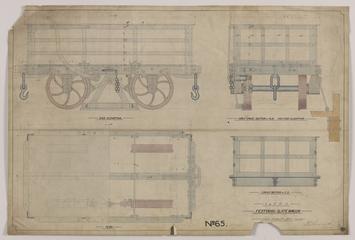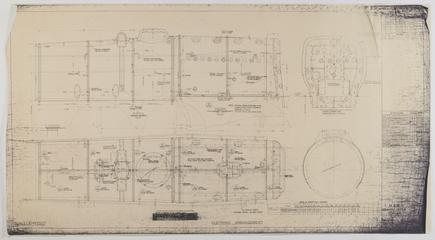
British Rail: London Midland Region
Railways in Britain were nationalised under the terms of the Transport Act 1947 which came into effect on 1 January 1948. The Railway Executive, a corporate body subordinate to the British Transport Commission, was created to manage and operate the railways. It divided them into six geographical regions, largely based on the areas served by the pre-nationalisation railway companies.
London Midland Region (LMR) was one of those territories. It comprised the railway operations in England and Wales of the former London, Midland and Scottish Railway Company (LMS) with the exception of the London, Tilbury and Southend Railway which was placed in Eastern Region and lines in central and south Wales which passed to Western Region. Subsequently, the area of operations was adjusted by the transfer of “penetrating lines” between regions
Between 1948 and 1952 the regional manager was responsible to the Railway Executive for day to day operations in his region. After the Railway Executive was abolished in 1952, he reported to the British Transport Commission (BTC). In 1963, BTC itself was abolished and replaced by British Railways Board (BRB). Between 1963 and 1968 LMR was a statutory board in accordance with the provisions of the Transport Act 1962, subordinate to and reporting to BRB. It ceased to be a statutory board in 1968, following reorganisation of the railways’ business along sectoral or functional lines. The name survived until 1992 when the railways were privatised.
There were two principal routes in the region. The first was the former Midland mainline which had several components: London St Pancras to Sheffield via Leicester and Nottingham, Rugby through Derby to West Yorkshire and Leeds and continuing over the Settle-Carlisle route, Derby to Manchester, and Birmingham to Derby. The other was the West Coast Mainline (WCML) from Euston to Carlisle, via Birmingham and Manchester with its branch to Liverpool.
There was one major “penetrating line”, the former Great Central London Extension from Annesley in Nottinghamshire to London Marylebone, via Leicester, and Rugby. Originally in Eastern Region, this line was transferred to London Midland Region in 1958.
The WCML which formed part of the major route from London to Scotland was electrified in stages between 1959 and 1974. Only the southern end of the Midland Mainline from Bedford to London Moorgate was electrified during the period that London Midland Region existed.
Like other regions London Midland experienced withdrawal of services and closures, especially following the Beeching report. The most notable casualty was the Great Central line, which, because it largely duplicated the Midland Main Line from Nottingham to London, was closed almost in its entirety. The line through the Derbyshire Dales between Matlock and Buxton was also closed thus severing the route from St Pancras to Manchester. Many branch lines and industrial lines were also closed
